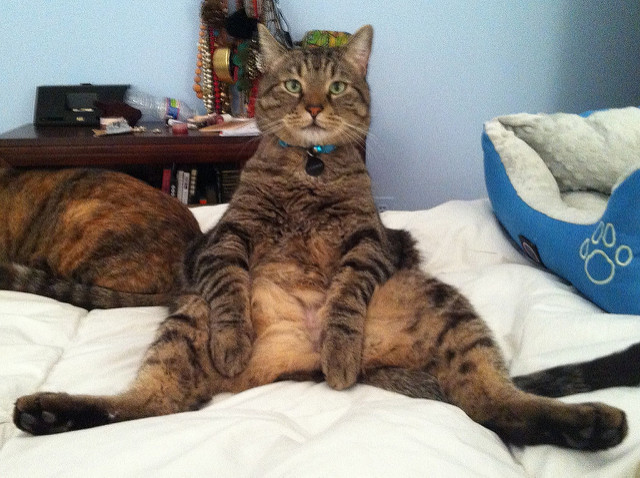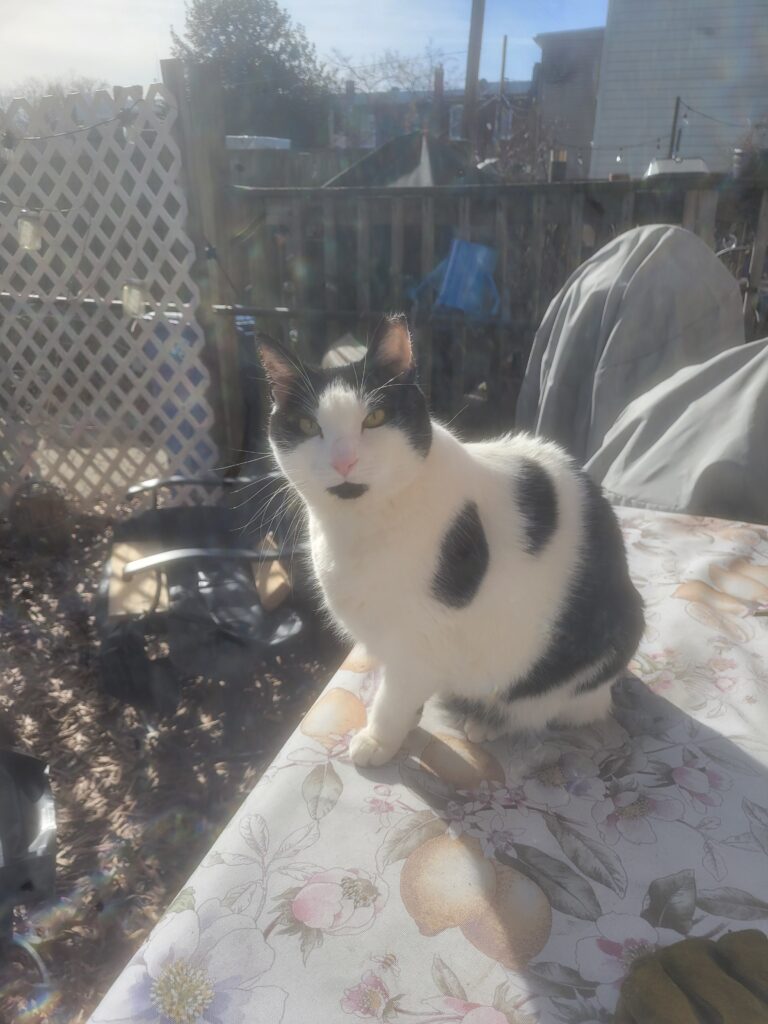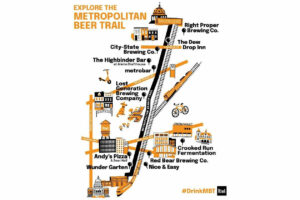
Photo by PoPville flickr user Meredith
From a press release:
“DC Cat Count, a collaboration between animal welfare organizations and wildlife scientists, was launched today in an effort to identify the number of cats in the Washington, DC region. This program will ultimately develop humane, data-driven cat population management programs in communities across the nation. The DC Cat Count is a three-year initiative designed to count the cats who live outdoors, indoors, and in the animal shelter system in Washington, DC and to understand how cats move between these segments.
“The management of cats in communities can be a controversial topic. The reality is that those in the fields of welfare, ecology, conservation, and sheltering have a common long-term goal of fewer free-roaming cats on the landscape. This joint effort will provide scientific management programs to help achieve that goal, locally and nationally,” said Lisa LaFontaine, president and CEO of the Humane Rescue Alliance, which is administering this project.
The DC Cat Count is an interdisciplinary collaboration of organizations and individuals with a shared interest in finding practical, humane solutions to conflicts between cats, wildlife, and people in our communities. The principal collaborators are the Humane Rescue Alliance, the Humane Society of the United States, PetSmart Charities, and the Smithsonian Conservation Biology Institute. The tools and data developed in the project will bring people together and help serve the interests of all who care for and support cats and wildlife in their communities.
The cat population is an interconnected and dynamic network comprised of unowned cats living outdoors, owned cats who may live indoors or outdoors, and shelter cats who often move into or out of the other population segments. The DC Cat Count project is composed of several distinct but complementary modules designed to characterize all of these population segments and how they interact with one another. The modules include:
Using state-of-the art camera trap methods to obtain the best possible estimate of outdoor cat populations in the Washington, DC study area.
Using household surveys to estimate the size of the owned cat population, and to determine how much time owned cats spend outdoors versus indoors.
Quantifying the shelter cat population, including all intake and outflow rates.
Counting outdoor cats using simple transect surveys and colony inventories, and comparing these results with the outdoor estimates obtained using more intensive camera trap survey.
Incorporating all data into a statistical model describing the interactions between population segments, and identifying the most effective intervention points and management strategies.
Developing, testing, and validating a set of practical and informative tools, protocols, and guidelines that help other organizations “count cats” and improve their mission effectiveness.
The DC Cat Count will benefit animal shelters by providing better metrics to assess whether shelters are meeting programmatic goals and allocating resources effectively. For wildlife scientists, developing, standardized, cat-specific, and scientifically-valid methods to monitor cat populations and assess management impacts will help break the impasse that has impeded efforts on all sides to reduce free-roaming cat populations. “Up until now, cat advocates and wildlife scientists haven’t had a ‘common language’ as a basis for discussion. Developing informative, objective, and mutually-acceptable ways to measure progress will be a key to better collaboration among stakeholders in the future,” said Dr. John Boone, research director at Great Basin Bird Observatory and consultant to the Humane Society of the United States.
Further information on the DC Cat Count is available at www.dccatcount.org.
Funding for the project has been secured through financial contributions from PetSmart Charities, American Society for the Prevention of Cruelty to Animals, Maddie’s Fund, Winn Feline Foundation, the Humane Society of the United States, and the Humane Rescue Alliance.”
Recent Stories

Photo by Tim Brown Ed. Note: If this was you, please email [email protected] so I can put you in touch with OP. “Dear PoPville, Thursday night (April 18th) we were…

For many remote workers, a messy home is distracting.
You’re getting pulled into meetings, and your unread emails keep ticking up. But you can’t focus because pet hair tumbleweeds keep floating across the floor, your desk has a fine layer of dust and you keep your video off in meetings so no one sees the chaos behind you.
It’s no secret a dirty home is distracting and even adds stress to your life. And who has the energy to clean after work? That’s why it’s smart to enlist the help of professionals, like Well-Paid Maids.

Unlock Peace of Mind for Your Family! Join our FREE Estate Planning Webinar for Parents.
🗓️ Date: April 25, 2024
🕗 Time: 8:00 p.m.
Metropolitan Beer Trail Passport
The Metropolitan Beer Trail free passport links 11 of Washington, DC’s most popular local craft breweries and bars. Starting on April 27 – December 31, 2024, Metropolitan Beer Trail passport holders will earn 100 points when checking in at the
DC Day of Archaeology Festival
The annual DC Day of Archaeology Festival gathers archaeologists from Washington, DC, Maryland, and Virginia together to talk about our local history and heritage. Talk to archaeologists in person and learn more about archaeological science and the past of our






